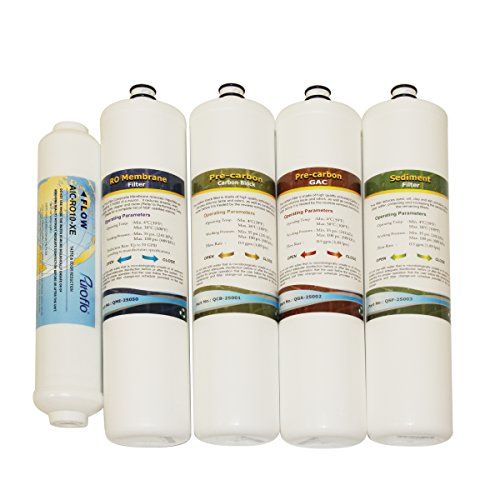Ceramic Ro Membranes

Zhe yang chuyang y.
Ceramic ro membranes. With the aqueous applications momentarily still heavily dominating the nf ro market the advent of new solvent resistant nf membranes reveals ample new and exciting opportunities in. Ceramic membranes could be made from such materials forming the major class of inorganic membranes with aluminum oxide α al 2 o 3 or alumina and zirconium oxide or zirconia as the most important representatives. A reverse osmosis ro membrane is the primary filtering media in ro systems. Of particular importance in ro applications is the excellent resistance to chlorine oxidants radiation and solvents.
Polymeric and ceramic membranes clearly form two separate kinds of modern nanofiltration reverse osmosis membranes each with their peculiarity and possibilities. We offer membranes for any commercial and industrial application from tap water membranes to nanofiltration ro membranes used to remove organics. Tang in membrane based salinity gradient processes for water treatment and power generation 2018. Most ceramic membranes are made of alumina titania silica zirconia or mixture of these materials 93 the basic structure of ceramic membranes consists of a macroporous support layer and meso or microporous active layer.
Commercial ceramic membranes are made by sintering or sol gel processes them. By comparison ceramic membranes display a number of materials advantages over polymeric. Hybrid ceramic ceramic nanocomposite membrane systems with uv or o 3 based catalytic reactor coagulation or ro membrane have the advantages of self cleaning fouling mitigation pollutants degradation disinfection and dbps control. And the long reliable life of ceramic membranes.
















































